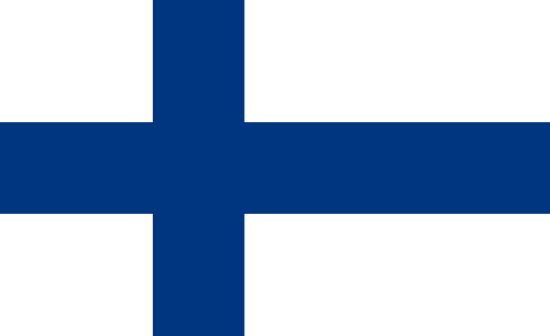"Helsingin kaupungin tunnuslause | City of Helsinki's motto"
About:
Helsinki, the capital of Finland, was founded in 1550 by Swedish King Gustav I. It became the capital in 1812, under Russian rule, to reduce Swedish influence. The city was heavily modernized in the 19th century, influenced by Western European architecture. Despite suffering damage in WWII, Helsinki recovered and hosted the 1952 Summer Olympics. Today, it's a thriving metropolis known for its design, high-tech industries, and quality of life.
When to visit:
Helsinki, the capital of Finland, experiences distinct seasons throughout the year. The best time to visit Helsinki for a holiday largely depends on personal preferences. Summer, from June to August, is the most popular time due to its long days, warm weather, and numerous festivals and outdoor activities. If you prefer fewer crowds and don't mind colder temperatures, visiting during the quieter shoulder seasons of spring (April to May) or autumn (September to October) can also be a delightful experience with beautiful foliage and milder weather. Ultimately, the ideal time to visit Helsinki on a holiday is subjective and can vary based on individual interests and activities.
When to avoid:
While Helsinki is a beautiful destination throughout the year, the worst time to travel there on a holiday would likely be during the winter months, particularly December to February. This period experiences extremely cold temperatures, limited daylight hours, and frequent snowfall, making outdoor activities less enjoyable. Additionally, many attractions and restaurants may have reduced hours or be closed for the season. Travelers looking to explore Helsinki during a holiday may want to consider visiting during the more moderate and vibrant summer months for a more enjoyable experience.
Winter (Dec-Feb)
Winter in Helsinki, typically from November to March, is the coldest period of the year, with temperatures often dropping below -5°C. Snowfall is common and can reach up to 60-70 cm, blanketing the city in a beautiful white layer. The days are short, with only about 6 hours of daylight in December. The sky is often overcast, and rainfall is relatively low. Despite the cold, the city's efficient heating systems and well-maintained infrastructure make it quite comfortable for visitors. An average day might involve exploring snow-covered landmarks or enjoying indoor attractions.
"Summer (June-August)"
The warmest part of the year in Helsinki, Finland, is during the summer months, specifically from late June to early August. During this period, the average high temperature ranges from 19°C (66°F) to 21°C (70°F), while the average low temperature is around 11°C (52°F) to 15°C (59°F).
Rainfall is quite moderate, with July being the wettest month averaging 65mm of precipitation. This usually comes in short, sharp showers rather than prolonged periods of rain.
One of the notable features of a Helsinki summer is the long daylight hours. Around the summer solstice in June, the city experiences nearly 19 hours of daylight, known as the "Midnight Sun".
Humidity levels are relatively low in summer, averaging around 70%, making the heat comfortable rather than oppressive. Cloudiness varies, but clear to partly cloudy conditions are common, allowing for plenty of sunshine.
For a visitor, a typical summer day in Helsinki is pleasantly warm, ideal for outdoor activities and sightseeing. The extended daylight hours allow for long days of exploration. While there might be occasional rain showers, they typically don't last long. The low humidity ensures that even on the warmest days, the weather is comfortable and enjoyable.
Language:
Finnish and Swedish are the two most commonly spoken languages in Helsinki, the capital city of Finland. Finnish is the dominant language, spoken by the vast majority of the population. Swedish, while being the second official language of Finland, is spoken by a smaller minority. English is also widely understood and spoken, particularly in the tourism and business sectors.




